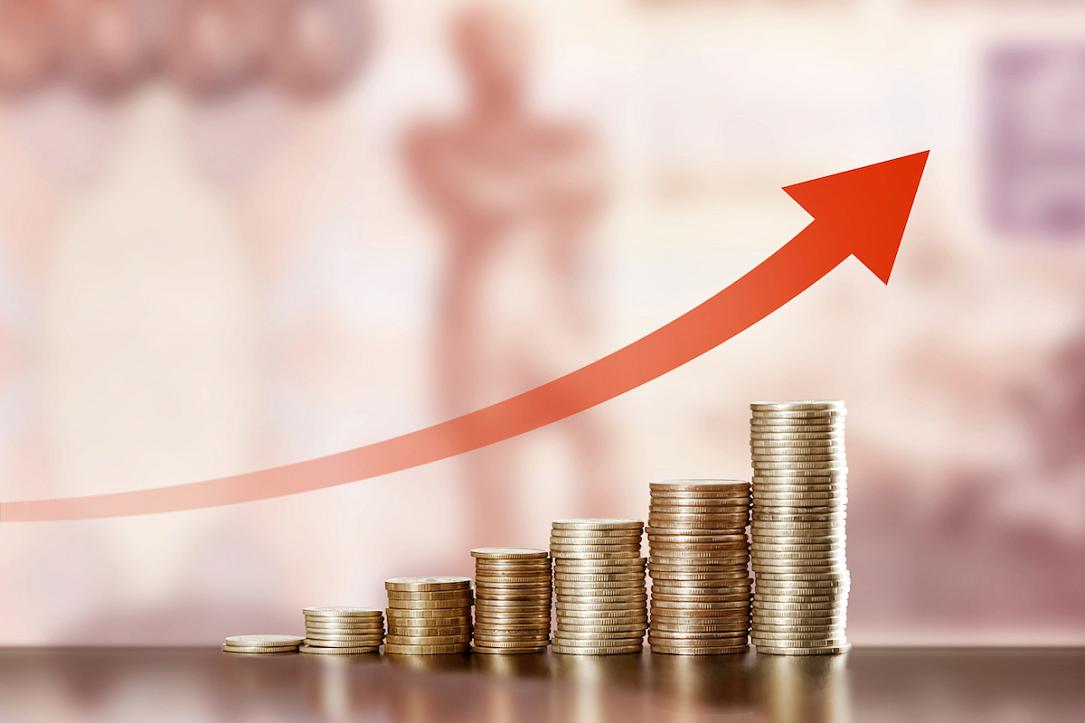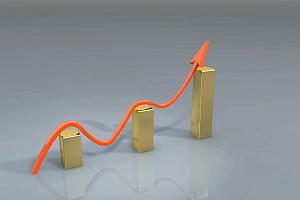WB upgrades outlook for Romania’s growth, to 3.6% this year

The World Bank has positively revised its forecasts for the advance of the Romanian economy in 2019 to 3.6%, 0.1 percentage points more than in the January 2019 forecast, according to the Global Economic Prospects report published on June 5.
The international financial institution also expects Romania to report for the years 2020 and 2021 an increase of the Gross Domestic Product (GDP) of 3.3% and 3.1%, respectively, 0.2 and 0.3 percentage points above the previous forecast.
At 3.6% this year, Romania’s GDP growth would rank above the average of Europe and Central Asia as only ten out of the region’s 24 countries would perform better. The region’s growth moderated to 3.1% last year, while this year, the economy had a slow start as a result of investment and trade mitigation.
Activity in Central Europe also slowed toward the end of 2018, reflecting weakening domestic demand and challenging external factors amid a slowdown in the Euro Area (Poland, Romania). The decline in the working-age population, which partially reflects emigration to Western Europe in recent years, limits the prospects for medium-term growth in Central Europe, the WB argues.
editor@romania-insider.com
(Photo source: Shutterstock)
















